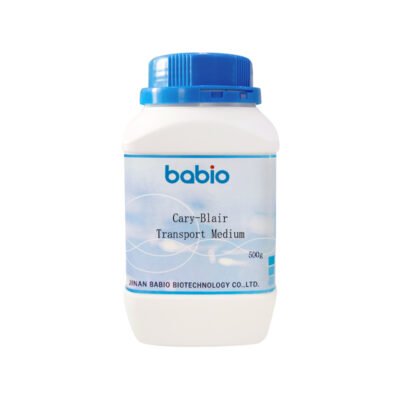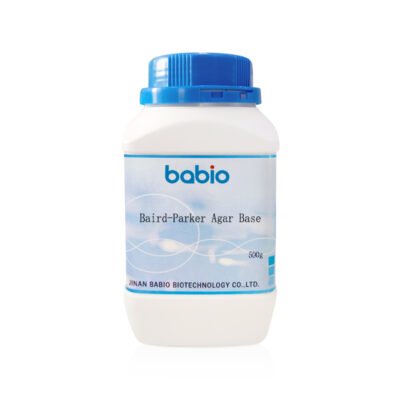Description
Lysine Iron Agar: Optimal Medium for Enteric Organism Differentiation
Lysine Iron Agar (LIA) is a specialized growth medium essential for differentiating enteric bacteria based on their enzymatic activities. This versatile agar is vital for microbiological laboratories. It facilitates the identification of organisms by evaluating their ability to decarboxylate or deaminate lysine and produce hydrogen sulfide.
Approximate Formula
The following table outlines the key ingredients and their quantities:
| Ingredients | gm/liter |
|---|---|
| Peptic digest of animal tissue | 5.0 |
| Dextrose | 1.0 |
| Yeast Extract | 3.0 |
| L-Lysine Hydrochloride | 10.0 |
| Sodium Thiosulfate | 0.04 |
| Ferric Ammonium Citrate | 0.5 |
| Bromocresol Purple | 0.02 |
| Agar | 12.5 |
Final pH: 6.7±0.2 at 25°C
Key Features
- Decarboxylation and Deamination:
LIA effectively tests for lysine decarboxylase and lysine deaminase activity. As a result, the medium changes color based on these reactions, providing clear visual differentiation. - Hydrogen Sulfide Production:
The inclusion of sodium thiosulfate and ferric ammonium citrate allows for the detection of hydrogen sulfide. Consequently, blackening of the medium indicates this production—an essential indicator for distinguishing enteric bacilli. - Fermentable Carbohydrates:
Dextrose acts as a fermentable carbohydrate source. This promotes robust bacterial growth and activity, further enhancing the utility of LIA.
Usage Instructions
To prepare Lysine Iron Agar, suspend 32.06g of the dehydrated medium in one liter of distilled or deionized water. First, heat the mixture with frequent agitation. Boil for 1 minute to ensure complete dissolution. Next, autoclave at 121°C for 15 minutes. After autoclaving, cool the tubes in a slanted position to create slants with deep butts. The prepared medium presents as a purple transparent gel, which is ideal for laboratory observation.
Quality Control
For reliable results, inoculate the medium and incubate at 36±1°C for 24 hours. This incubation ensures optimal growth conditions for enteric organisms. By conducting quality control measures, you can enhance the accuracy of your microbial analysis.
Storage and Shelf Life
Store Lysine Iron Agar tightly capped in its original container at 5-30°C. The dehydrated medium has a shelf life of 3 years. In contrast, prepared media should be kept out of direct light at 2-8°C for maximum efficacy. Proper storage is crucial to maintaining the medium’s quality.

Explore our Food Hygiene Detection Series, featuring specialized culturing media designed for the detection of harmful bacteria such as Bacillus cereus, Salmonella, and E. coli. Essential for food safety in restaurants and homes, our media meet the highest industry standards
For more information on microbial culture media, check out the [Wikipedia page on Yeast Extract Agar]

Lysine-Iron-Agar-1.jpg)
Lysine-Iron-Agar-3.jpg)
Lysine-Iron-Agar-2.jpg)



Reviews
There are no reviews yet.